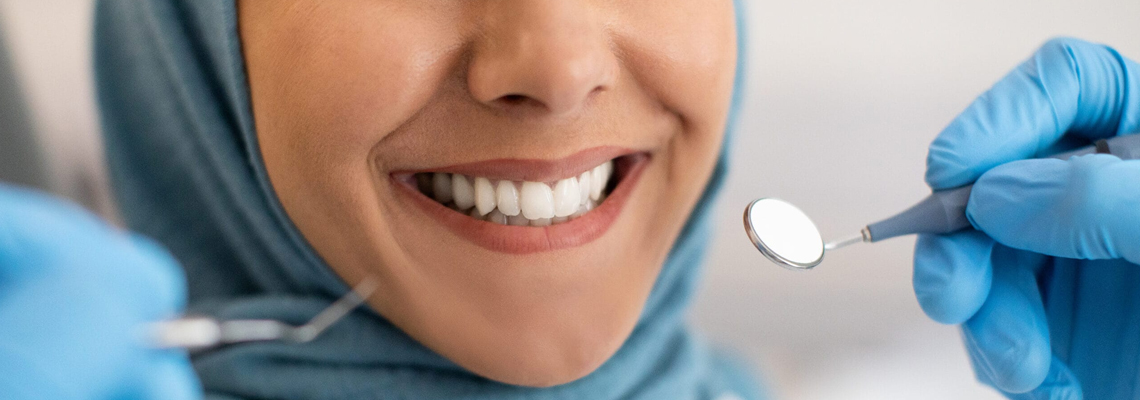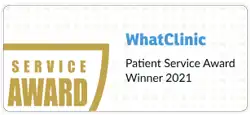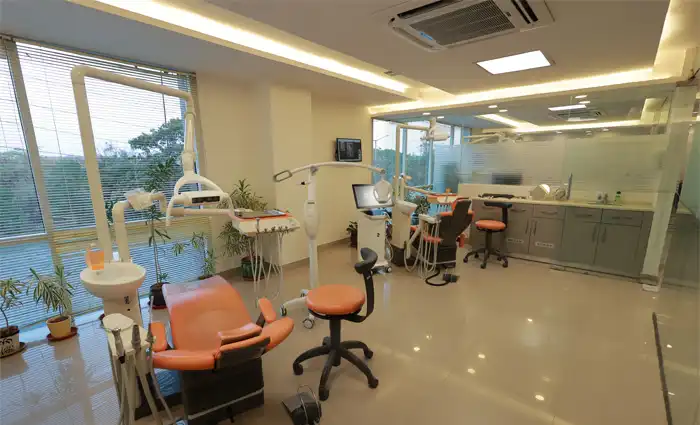Your smile does more than express joy—it can reveal critical clues about your nutritional status. As a dentist, I’ve often been the first to identify hidden deficiencies in patients through subtle oral changes that others overlook. From bleeding gums to enamel erosion, your mouth provides a vivid snapshot of your body’s nutrient reserves. Let’s decode how your teeth and gums act as early-warning systems for nutritional gaps and what these signs mean for your overall health.
The Oral-Nutrition Connection: More Than Just Cavities
Every tissue in your mouth—from tooth enamel to gum tissue—relies on specific nutrients to maintain its structure and function. When deficiencies occur, oral tissues often degrade in predictable, visible ways. Unlike blood tests that measure current nutrient levels, oral changes can reflect chronic shortages, offering a historical record of nutritional imbalances. This makes your mouth a unique diagnostic tool for persistent dietary gaps that might otherwise go unnoticed.
Gum Changes That Scream for Nutrients
Healthy gums should appear coral-pink and stippled, like orange peel. Deviations from this norm often signal deficiencies:
- Spongy, bleeding gums: Classic signs of vitamin C deficiency (scurvy), which compromises collagen production. Modern cases are rising with processed-food diets.
- Pale, smooth gums: May indicate iron-deficiency anemia, reducing oxygen supply to gum tissues.
- Persistent mouth ulcers: Recurrent canker sores often correlate with low B12, zinc, or folate levels, especially in vegans or those with gut absorption issues.
- Overly red, inflamed gums: Could suggest a lack of coenzyme Q10, a nutrient critical for cellular energy in gum tissues.
I recently treated a marathon runner with gum recession despite impeccable hygiene. Bloodwork revealed severe zinc deficiency from excessive sweating and poor dietary intake—a gap corrected through targeted supplementation.
Tooth Clues: Enamel as a Mineral Ledger
Your teeth act as mineral reservoirs, releasing calcium and phosphate during deficiencies. This demineralization leaves telltale signs:
- Translucent edges or cracks: Suggests calcium or vitamin D deficits weakening enamel structure.
- Unusual cavities between teeth: May reflect phosphorus shortages, crucial for enamel remineralization.
- Yellowish-brown stains: In adults, this can indicate excess fluoride, but in children, it might signal tetracycline exposure or metabolic disorders affecting mineral uptake.
A patient once presented with sudden tooth sensitivity and chalky white spots. Testing revealed vitamin D deficiency impairing calcium absorption—a issue resolved through dietary changes and sunlight exposure, restoring enamel resilience.
The Tongue Tells Its Own Tale
A healthy tongue should be pink, moist, and slightly textured. Nutritional gaps alter this dramatically:
- Beefy red, smooth tongue (glossitis): Classic B-vitamin deficiency marker, especially B12 or folate.
- Swollen, scalloped-edge tongue: Often seen in iodine deficiency or hypothyroidism.
- Persistent white coating: Could indicate zinc deficiency weakening immune response to oral thrush.
Bridging the Gap: From Oral Signs to Action
While oral symptoms hint at deficiencies, they’re not definitive proof. Here’s a strategic approach:
- Document changes: Photograph unusual oral signs and track their progression.
- Collaborative testing: Request blood tests for ferritin (iron), vitamin D, B12, and zinc if oral signs persist despite good hygiene.
- Dietary audits: Use apps to analyze nutrient intake over weeks, not days.
- Targeted supplementation: Work with a nutritionist to address gaps—megadoses can sometimes worsen oral issues.
Your Mouth’s Nutritional Prescription
Recognizing oral signs of deficiency is just the first step. Modern lifestyles—from intermittent fasting to plant-based diets—increase nutritional risks that often manifest orally first. A patient on a keto diet once developed severe dry mouth and gum inflammation, later linked to vitamin A and electrolyte imbalances.
Regular dental exams become crucial nutritional checkpoints. I now incorporate basic nutrient screening questions into appointments, referring 15-20 patients annually for further testing. Your mouth’s clues, combined with modern diagnostics, create a powerful early-detection system for systemic health issues.
Listen When Your Mouth Speaks
Your oral tissues offer a daily report card on your nutritional status. By tuning into these signals—whether it’s a bleeding gum line or unexplained enamel wear—you gain a powerful tool for preventive health. Remember, a nutrient-rich diet feeds your smile from the inside out, while a compromised mouth often reflects a body in need. Next time you brush, look closer—your mouth might be urging you to rethink what’s on your plate.
Are You Looking For Dental Implants
Click on the links below to learn more about the approximately $50,000 savings option for Dr. Motiwala’s packages.
- Full mouth dental implants & Cost of Treatment
- Smile Makeover & Cost of Treatment
- Watch 100’s of Testimonials from our International Patients
Make An Appointment!
Please contact us if you have dental difficulties or are interested to know about dental implants and how they might improve your smile. Dr. Motiwala Dental Clinic & Implant Center may be reached at +91 99596 14584. You can also Contact Us by clicking the banner below.




















